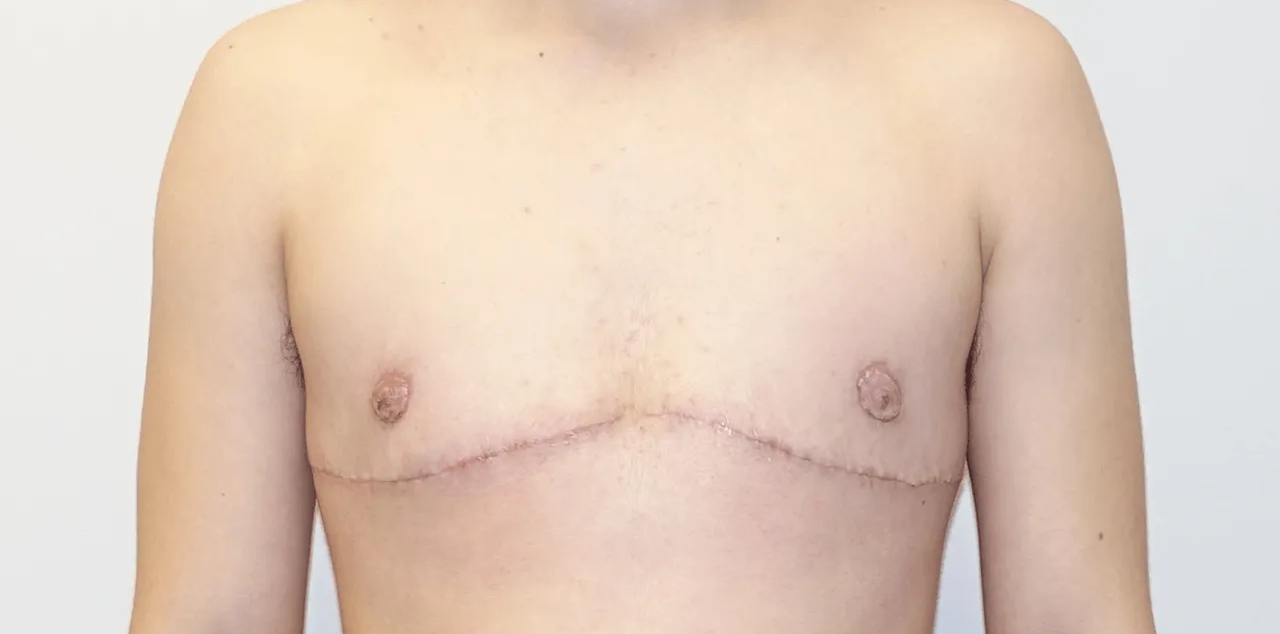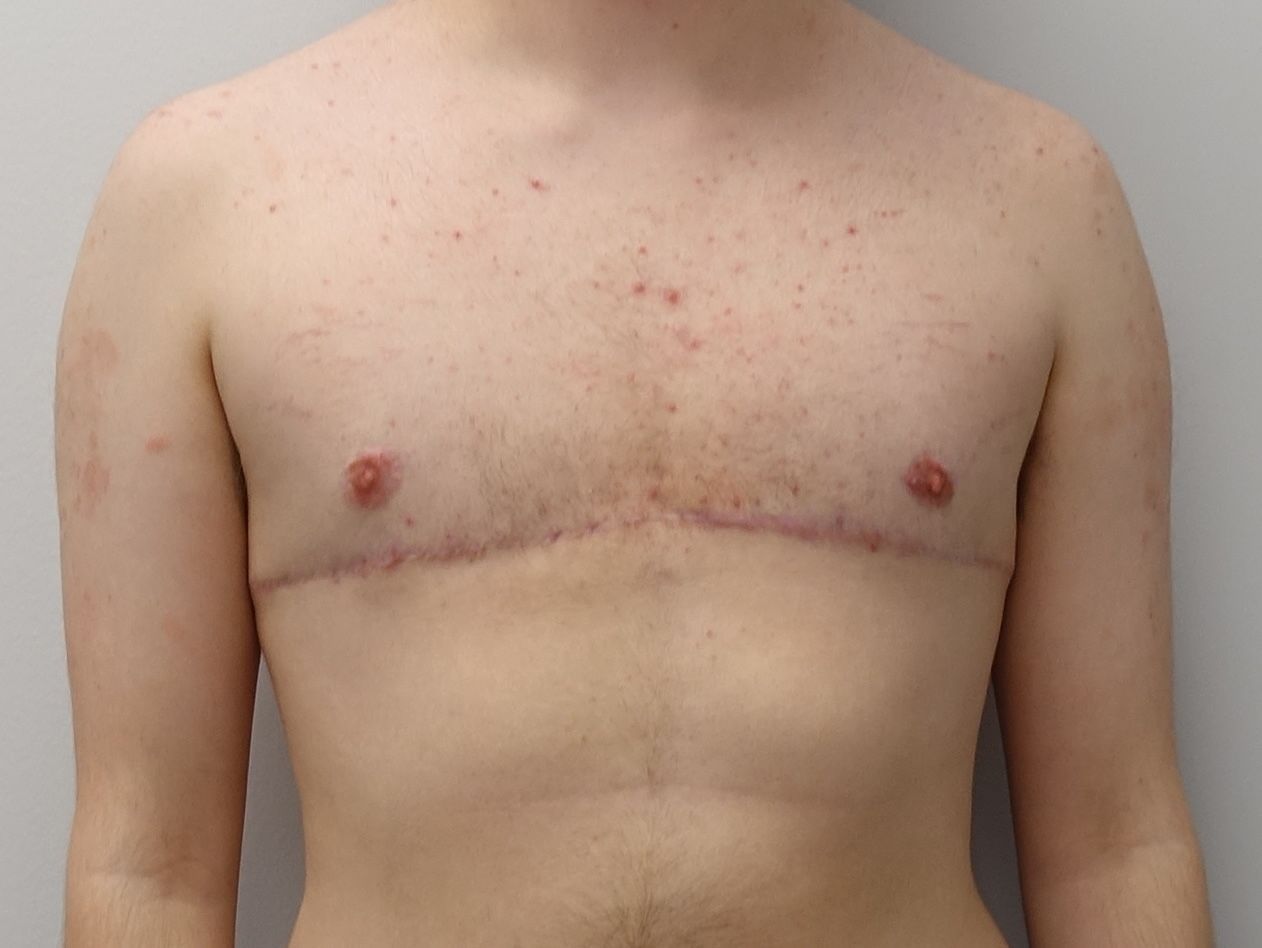Scar Care After Top Surgery
How to Optimize your Scar Care after Top Surgery

Scar Care After Top Surgery: What You Need to Know
Healing after top surgery is more than just rest and recovery—it’s also about long-term care to support your best results. One of the most common questions patients ask is: How do I care for my scars? At the Top Surgery Center of Connecticut, we provide step-by-step guidance to help scars heal smoothly and fade over time.
When to Start Scar Care
Scar care usually begins around 4–5 weeks after surgery, once incisions are fully closed and there are no scabs or open areas. Starting too early can irritate healing skin, so it’s important to wait until your surgeon gives the all-clear.
Options for Scar Treatment
- Silicone Therapy: Silicone sheets or tape are considered the gold standard for scar management. Worn about 12 hours per day, they help scars stay flat and reduce redness.
- Scar Massage: Using gentle, circular motions with an ointment or lotion, scar massage helps soften tissue and improve flexibility. This can be started once your surgeon approves—usually around 4–6 weeks post-op.
- Sun Protection: Scars are highly sensitive to the sun for the first year. Always apply SPF 50+ if you’ll be outside, as sun exposure can darken scars permanently.
What to Expect Over Time
In the first few months, scars may look red or raised. This is normal and part of the body’s healing process. With consistent care, they will gradually soften, flatten, and fade over the course of 12–18 months. Everyone heals differently, but patience and regular care make a big difference.
Long-Term Tips
Stay consistent with silicone and/or massage.
Moisturize your skin to support healing.
Avoid smoking or nicotine, as it can interfere with scar healing.
Always follow your surgeon’s specific instructions.
Final Thoughts
Scar care is an important part of your top surgery journey, helping you feel comfortable and confident in your results. With the right tools, time, and attention, your scars will continue to improve long after your initial recovery.



